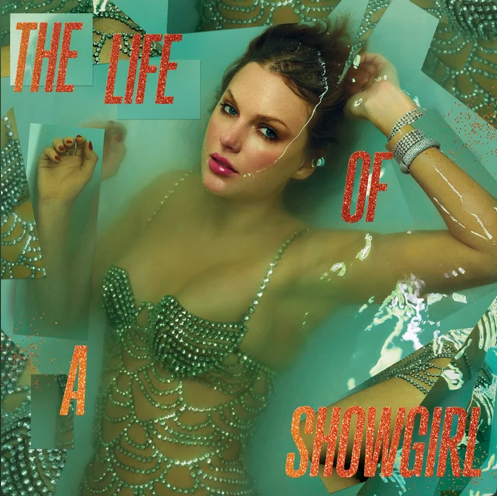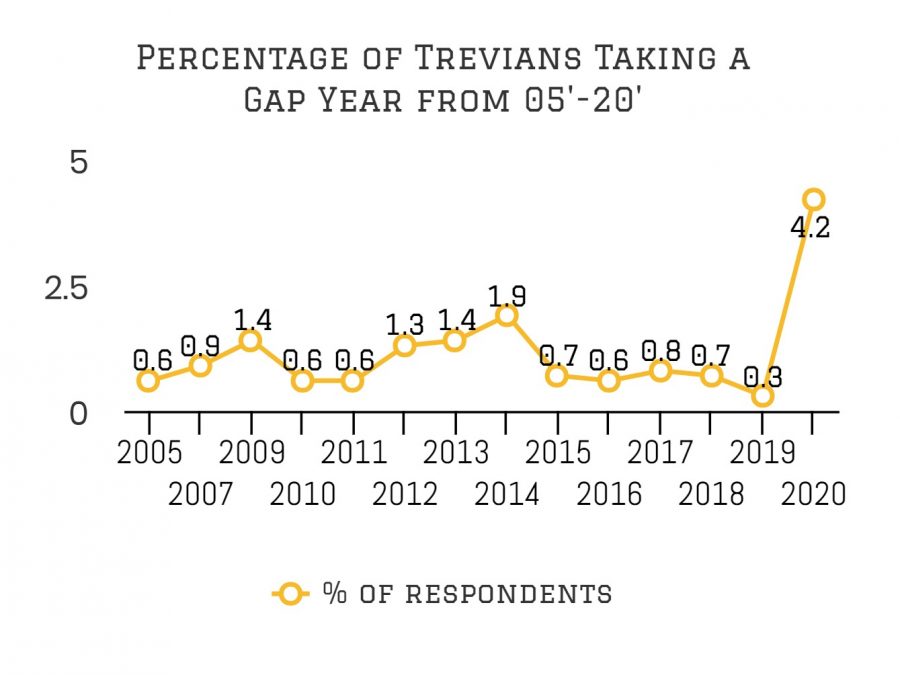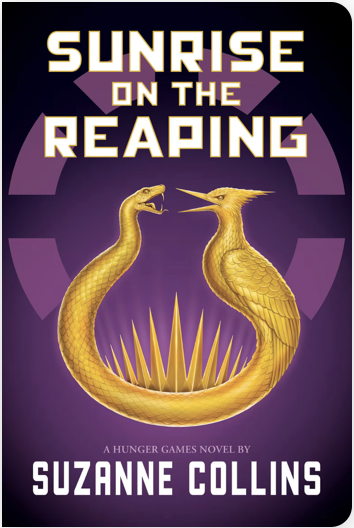Haymitch Abernathy was born on Reaping Day.
To those unfamiliar with or have simply forgotten the wonderful world of “The Hunger Games,” Reaping Day is a dark event in the dystopian country of Panem. It is when the capitol of Panem (aptly named “The Capitol”) chooses one girl and one boy as tributes from its 12 districts to fight to the death until one victor remains. This annual event, the eponymous Hunger Games, began as a punishment to the districts for rebelling against The Capitol.
Yet, an interesting and even more horrific wrinkle was that every quarter of a century since the rebellion, the Hunger Games would become the “Quarter Quell.” In the original trilogy, the protagonist, Katniss Everdeen, and other previous victors had to return to the arena to fight to the death once more.
“Sunrise on the Reaping,” which was released Mar. 18th, 16 and a half years since the release of “The Hunger Games,” covers the 50th Hunger Games in which double the tributes are selected: two boys and two girls from each district. 48 in total. One of these tributes is Haymitch Abernathy.
When you realize that he was reaped on his 16th birthday, in which he had to go against 47 other tributes to survive, it makes more sense why he becomes an alcoholic in the original trilogy. But once you realize that as a former victor, every year, on his birthday, Haymitch needs to train the District 12 tributes as they are led to the slaughter, the way the cards are stacked against him is horrifically clear.
And so, I shouldn’t need to say this, but I think it’s warranted: All hail Suzanne Collins for writing this wonder of a book. Your fans thank you.
Collins is a writing master. “Sunrise on the Reaping” is in first person, from Haymitch’s point of view, and Collins is able to harness his emotions throughout the book, like his sarcasm before the games, his determination during the games, and his grief after the games when he has to live with the consequences of winning the Games. Her writing conveys the highest of highs and the lowest of lows and evokes these feelings in her readers. By the end of the novel, I was in tears, fully bawling, because of not just the plot, but because of how Collins communicated Haymitch’s growing misery and hopelessness. Haymitch wasn’t just lines on a page: He was human.
And while this book shines because of its premise and prose, it also does so through the subtle, but powerful warning it tells. This may just be Collins’ best work yet (and that’s a tall order).
This book is spectacular. It’s brilliant! It’s sarcastic! It’s…creepy?
As I avidly read this book, I couldn’t help but question why this book seemed so realistic. “Sunrise on the Reaping” is so realistic, so creepy, because it is the most steeped in our world. It seems like it’s not just in “The Hunger Games” universe, but also our own by including elements of our world in the book.
While the original trilogy mentioned that District 12 is in Appalachia, it spent most of its time (understandably) world-building and creating a plot. “The Ballad of Songbirds and Snakes” took too much time to establish the “vintage” tone and didn’t impact the modern reader in terms of reality. But Collins already knew that those reading “Sunrise on the Reaping” read the original trilogy and instead took more time to add in details instead of continuing world-building. In other words, Collins did away with the ruffles of establishing a setting and characters and instead jumped in with minute details that make the book seem more realistic, which didn’t play a factor in the other books.
One detail that destroyed me more than anything else in the book, was the continued usage of “The Raven” by Edgar Allen Poe. A very famous, very real poem that students analyze and annotate in English classes. So famous, in fact, that it appeared in a Treehouse of Horror episode of ‘The Simpsons.’
In “Sunrise on the Reaping,” Collins uses “The Raven” as the namesake of Haymitch’s girlfriend (yes, Haymitch has a girlfriend), Lenore Dove Baird, and includes snippets of the poem throughout the book. Haymitch’s fate itself may be based on Poe’s crazed musings.
I did not immediately place the poem right away, but I recognized the rhythm and the words. As a result, I felt it hanging over my head as I read: why did the poem sound familiar? Until it hit me. The poem, which is famous in today’s world, was being used in a supposedly fictional, dystopian setting. This isn’t just a great read: it’s a warning.
Could our world, where we scoff and hem and haw and believe that we are above a dictatorship, that we are above ritualistic killing, descend into the madness that is Panem? Could we separate socioeconomic classes so much that those living in District 12, those in Appalachia, are the poorest of the poor, while those who live in The Capitol (which is in Salt Lake City), can gorge themselves endlessly on luxuries? Is it already happening? And could propaganda make people believe that this would be a good thing? Will our progeny fight to the death for the enjoyment of others, instead of living in an environment of discourse and academia?
Collins wants us to stop and think. The original trilogy and “The Ballad of Songbirds and Snakes” already hint at these questions. But “Sunrise on the Reaping,” a wonderful triumph of a book, drives the point home: What is stopping us from becoming Panem?






































